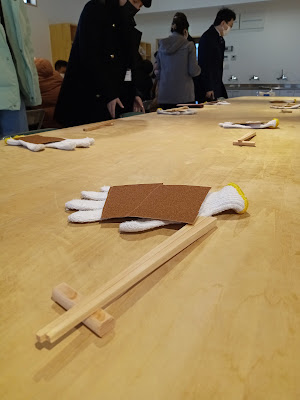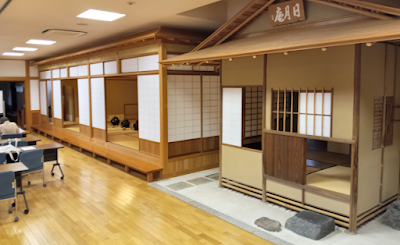Shinto's love of uprightness and righteousness (not self-righteous)
 |
| Arrow-straight geometry here rings true of Shinto's center: raw honesty, deep sincerity, full purity. |
Of course, it is one thing to analyze or put something into words and altogether something different to dispense with verbal layers and embody or enact those values. Some scholars have pinpointed that physical, practical dimension as the most important part of Shinto: no doctrines, teachers or prophets, simply a group of practices suited to each stage of life and the circumstances one my encounter in a single year's cycle or, indeed, across an entire lifespan. Looking at this photo, the traffic sign's ruler-straight arrows, the street's lane lines, and the geometry of perpendiculars in the high-rise building all express this idea of uprightness. No, this is not anywhere near the precincts of a shrine in Japan. But it does illustrate the concept of uprightness, right-angles, righteousness (but not self-referential, self-righteousness).



Comments
Post a Comment